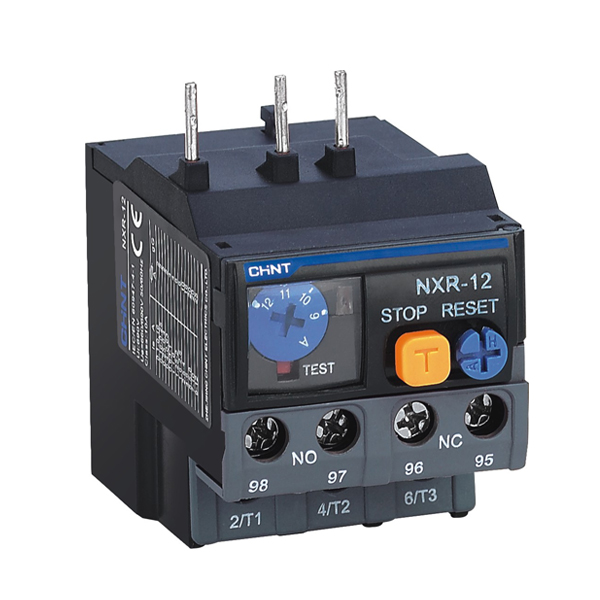A safety device used in manual control circuits is a thermal overload relay. When the temperature rises over the predetermined level, the thermal overload turns off the heating circuit using an electric motor to regulate its overheated short circuit. If there is a chance of a short circuit or persistently high temperatures in the region where the thermal overload relay is located, it will be employed.
In order to efficiently perform its tasks, a thermal overload relay contains two contacts, one of which is generally open and the other of which is normally closed. The workings of a thermal overload relay will be explained in this blog.
What Exactly Is An Overload Relay?
A safety component called an overload relay guards your circuit against harm from high-power loads. When the load reaches a specified threshold, the relay opens to prevent the circuit from being damaged.
An overload relay’s single-pole, single-throw (SPST) switch is the most basic type. This kind of relay only has one preset position and reacts to input signals with a single step from the load or source.
You must first understand what kind of circuit you are securing before using a relay. For instance, it will be far safer to utilise a relay rather than a second tripping switch close to where the cooktop cable links to the power cord if you have an electric stovetop.
Types Of Thermal Relays
Thermal relays can be divided mainly into two categories, they are:
1. Bimetallic plate
Bimetallic sheet created by rolling two distinct metals (often manganese nickel and copper plate) with differing expansion coefficients is heated and twisted to push the carrying rod, moving with contact. Bimetallic plates are frequently used to create magnetic starters and contactors.
2. Thermistor type
a thermal relay with the property of changing resistance with temperature.
3. Fusible alloy type
When heated by an overload current to a specific temperature, a fusible alloy melts and activates a relay.
Structure Of The Thermal Relay
In a thermal relay, the heating element, the bimetallic sheet, and the contact make up the main measurement components. Two distinct metal types with varying coefficients of thermal expansion make up bimetallic sheets. The active layer is the side with a high coefficient of thermal expansion, while the passive layer is the side with a low coefficient of thermal expansion. Bimetallic sheets experience thermal expansion after being heated.
The first two layers of metal are, however, closely combined together due to their different thermal expansion coefficients, causing the bimetallic sheet to bend like one side of the passive layer. The bimetallic sheet will flex mechanically as a result of heating, which will cause the moving contact to break the circuit.
Overview Of Thermal Relay Selection
The main purpose of the thermal relay is to safeguard the motor against overload. It is essential to completely comprehend the motor’s performance and pair it with an appropriate thermal relay so that it can get the necessary settings for both necessary and adequate overload protection.
The thermal relay’s ampere-second characteristic should, in theory, be as near to, overlap, or be below the motor’s overload characteristic as feasible. At the same time, the thermal relay shouldn’t be impacted (actuated) when the motor is briefly overloaded and started.
What Is The Thermal Relay’s Operating Principle?
The concept of the thermal impact of electrical energy underlies the operation of the thermal relay. The heating coils, current transformers, and bimetallic strips are crucial components of the thermal relay.
The heater’s coils receive their current from the current transformer. The bimetallic strips were heated by the heater coils’ thermal energy. The nickel and steel alloy is used to create the bimetallic strips. The nickel and steel alloy has a high steel resistivity and is resistant to thermal ageing.
The spring, the bimetallic strips, and the insulated liver arm are all linked to the trip coil. The sector-shaped plate helps to adjust the spring’s tension.
In order to protect the motor from overload, thermal relays employ the thermal effect concept of current to switch off the motor circuit in the event of an overload that the motor is unable to handle.
The Bottom Line
Finally, the Thermal Overload-Relay is dragged out of the mounting base as it senses a rise in temperature and expands. As a result, push-on contacts that shut when connections are removed are released. The workings of thermal overload relays and thermal overload relay devices have been covered in this blog.

